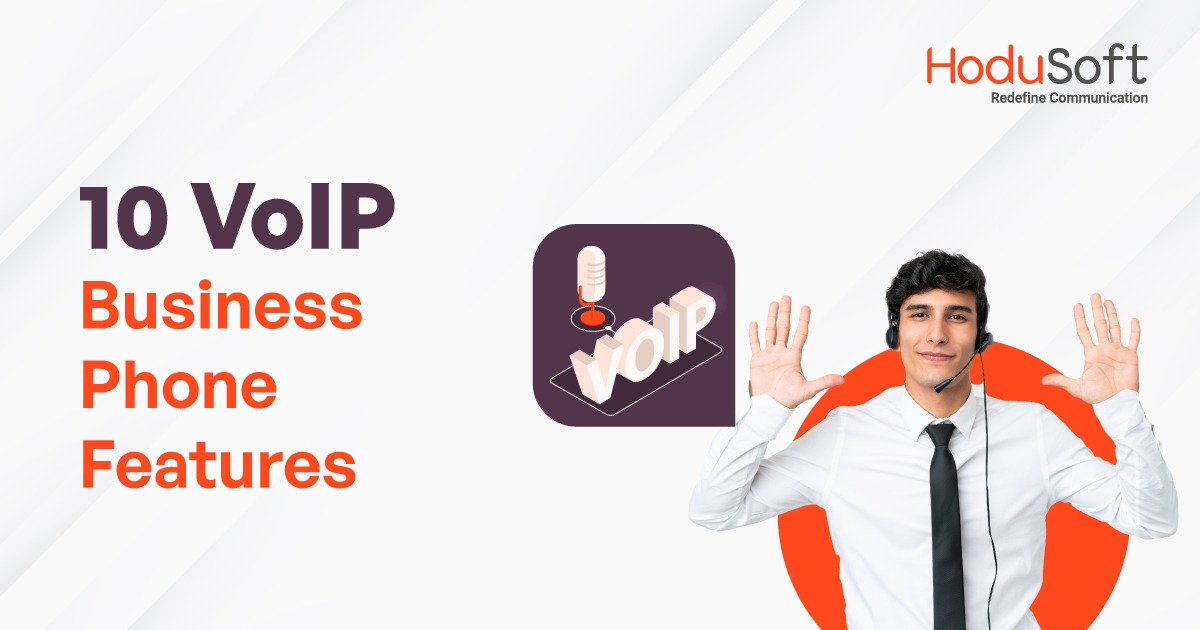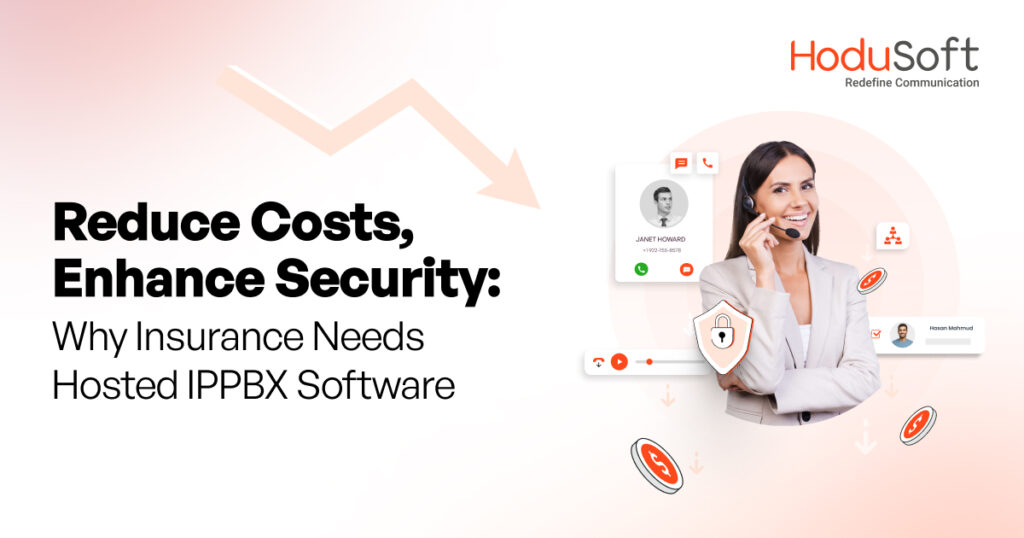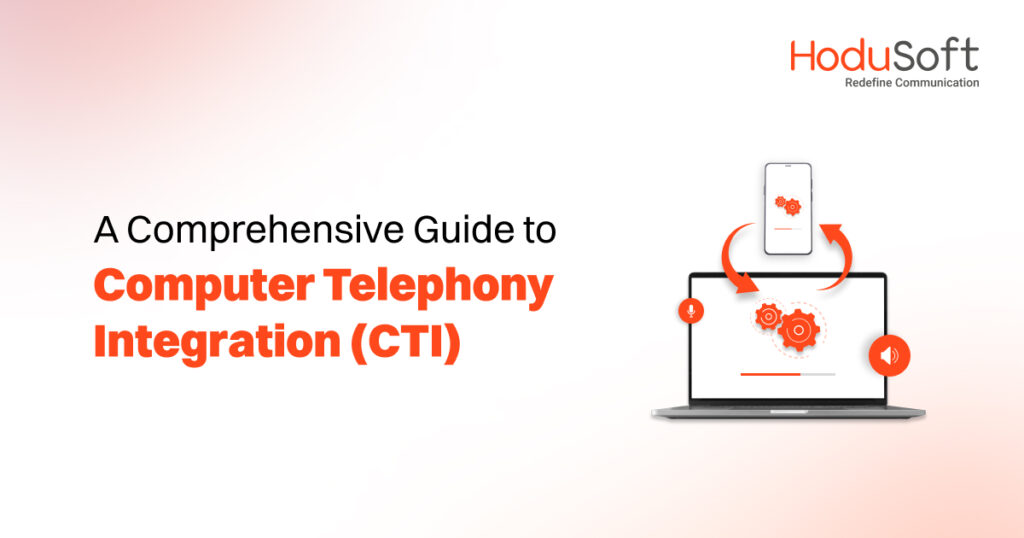10 VoIP business phone features that you need in 2024
We live in a highly digitalized age that has embraced technology in every aspect of our lives. Virtual phone systems are an essential part of business communications, and the diverse capabilities of VoIP phone systems have made task management extremely easy and well-organized.
What is a VoIP Phone System?
VoIP is a phone virtualization system that lets businesses send and receive phone calls via the internet and perform a variety of advanced customer service actions like call forwarding, call queuing monitoring and analysis of calls, and more. Simply put, business communication using virtual phones can be an easy and smooth experience.
When users sign to receive VoIP support and support, they don’t have to be concerned about their working location, unlike the case with phone lines, as VoIP number gives a kind of omnipresence or global accessibility to users since it relies on the internet.
Additionally, it is genuine that the VoIP number is not just simple to set up and use. However, it offers a range of communication features, making it an essential game-changer for many small and medium-sized businesses. It has opened new possibilities both as a structural aspect and as growth.
Voice Over Internet Protocol (VoIP) phone systems are now an integral component of corporate communications. The technology continues to improve; it has also offered API choices for app integration and auto-attendant capabilities for automation and 24/7 access to your system from any location around the globe; you also enjoy those benefits.
Here are 10 of the top VoIP business phone features in 2024 will help your business in 2024:
1. Interactive Voice Response (IVR)
Interactive voice response is one of the top features offered by many virtual phone providers. It can drastically reduce dependence on human staff since automated voice menus can assist users in navigating to the correct department and extension number.
Automated voice response eliminates delays in your service, and it also allows you to offer excellent customer service to your customers. They can save businesses the expense of having a front office desk in their offices to take care of calls that come in. The Interactive Voice Response is an easy solution that allows customers to resolve their problems at any point during the working day.
2. Multi tenancy
The multi-tenant feature ensures that all departments and branches have access to the latest tools for collaboration and communication. This solution assists in automating the various communication tasks and decreases the need for manual intervention to manage the system, thus saving both time and money. With this solution installed, employees can use their time to do other essential tasks to increase their productivity. Additionally, departments and branches can effortlessly connect using different features assigned to them, and this helps further improve the cooperation.
3. Call Barging
Barging is one of the most common services currently offered by many top telephone service providers. It allows a third party to listen in on conversations and make an in-between call when required. Barging calls is a handy feature of VoIP phone systems because it permits companies to check customer service quality.
Call barging is an excellent instrument for helping new support representatives to learn. It’s one of the top features of virtual phones, particularly for companies that handle a high amount of customer calls per day.
4. Call Forwarding
Any smaller companies cannot remain open 24/7, which means there’ll be instances when the employees, or you, can’t reach them. Businesses can benefit from converting telephone messages into email messages, which many VoIP software providers offer.
A reliable VoIP solution can also provide you with a voicemail feature and a feature for forwarding calls that allows users to receive phone calls regardless of location or telephone number. It lets you and your employees reach them whenever they’re out in the offices, mainly through their mobile phones.
Also Read: Why should you move from Legacy PBX to Modern Contact Center Software?
5. Skills-based routing
The call is routed based on agents’ performance and capabilities. It is an excellent option if you have a top salesperson you would like to give the first refusal to calls. When your client connects to an agent with the best skills, the problem gets resolved immediately.
The skill-based mapping feature allows agents to be more efficient in their areas of expertise and achieve positive results and immense customer satisfaction. It is not just results, but it also increases the agents’ confidence and morale to do their best work as they know they’re experts in specific areas.
6. Conference Call
Sometimes businesses require their employees to connect with clients, partners, customers, and other stakeholders across different places. Conference calling is a feature of many virtual phone systems that effortlessly brings team members together in real-time for collaboration on work-related issues. Conference calling is a beneficial feature since it improves the availability of services, reduces physical distances, and guarantees high-quality connectivity.
7. Call Recording
If your business operates in an industry subject to regulation, You may have to record your calls. You may also want to record calls to track customer satisfaction or answer inquiries. Whatever your needs, the best VoIP system can allow users to record calls, typically with the mouse click quickly, which can be saved as a file and played back later.
8. Integrating Business Tools
The most popular VoIP capabilities include connecting data with other tools for business, like chat, support ticket systems, and email. These tools keep the conversation data central and teams in sync, and these integrations are particularly beneficial for teams working remotely.
Advanced options also give sales teams tools, for example, the capability to connect data from the caller directly to the customer relationship (CRM) software. This feature allows sales agents to look over recent interactions with integrated contact tracking without the need for an external log of calls. VoIP phones are also compatible with robust automated and pre-dialing systems that can eliminate the manual task of dialing numbers for new ones.
9. Real-time Analytics
Analytics in real-time allows your company to grow and maximize productivity. Data analytics generated via the VoIP phone systems can help you avoid risk, decrease costs, and get more insight into your customers, employees, and business. Real-time data enables you to better understand your customers’ behavior to make reports that reflect changes in a company and determine which aspects are working and which ones aren’t.
10. Auto Attendant
This feature will give your business an expanded reach by making it possible to establish several numbers within local areas and menu systems similar to large corporations. It allows you to set up an automated system that allows a customer to quickly connect with multiple departments or even live operators.
Some people don’t like this option because they see it as a hindrance to instant customer service, but then it’s all about the preferences of your business.
Summing Up
VoIP business phones provide many benefits to businesses through their web-based features. It doesn’t matter if it’s called hold or transfer tools. More sophisticated technologies like video calls and on-the-go VoIP phone functions are rapidly becoming indispensable tools for business communication. The combination of cost savings and their benefits over landline systems makes them an attractive option for small and large companies alike.



